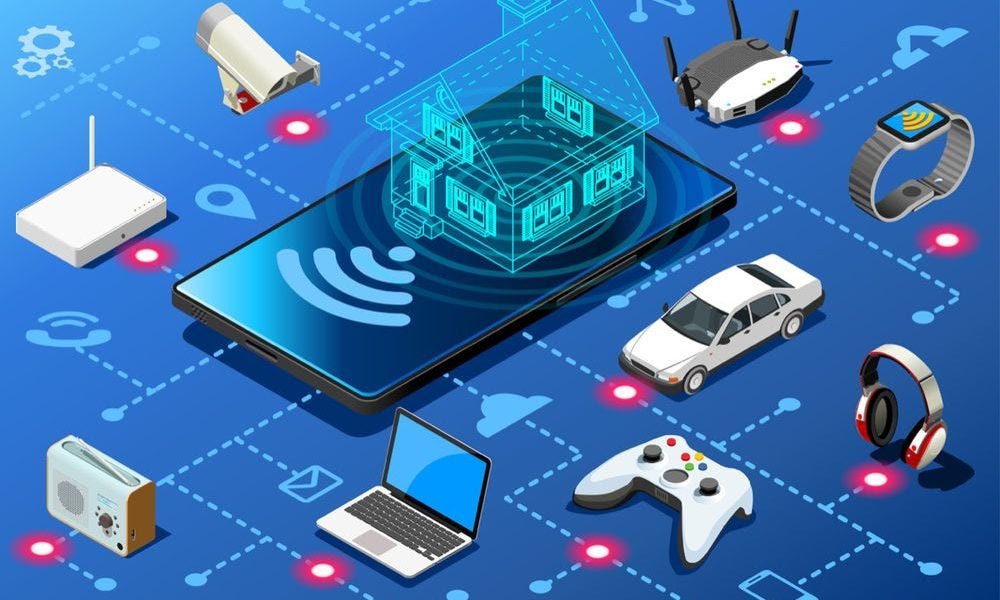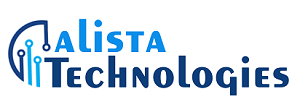
Visualising and Controlling IoT Devices in the Browser Using MQTT Web Dashboard
The Internet of Things (IoT) connects numerous devices, generating vast amounts of data. To make sense of this data and control IoT devices effectively, visualisation and control tools are essential. In this blog, we will explore the concept of using an MQTT web dashboard to visualise and control IoT devices directly from a web browser. We will highlight the integration of MQTT with Azure IoT Hub and discuss the benefits and applications of this approach.
Understanding MQTT and its Role in IoT Communication
MQTT (Message Queuing Telemetry Transport) is a lightweight and efficient messaging protocol designed for IoT applications. It enables reliable communication between IoT devices and applications, making it ideal for visualisation and control scenarios.
Azure IoT Hub: Enabling Secure and Scalable IoT Communication
Azure IoT Hub, a cloud-based service provided by Microsoft, facilitates bi-directional communication between IoT devices and the cloud. It offers robust messaging capabilities, security features, and device management functionalities. The integration of MQTT with Azure IoT Hub enhances the capabilities of IoT communication.
MQTT Web Dashboard: Visualising and Controlling IoT Devices
An MQTT web dashboard serves as a central interface to visualise and control IoT devices directly from a web browser. Key functionalities include:
Real-time Data Visualisation:
The web dashboard displays live data from IoT devices, providing real-time insights and visual representation of device states, sensor readings, and other relevant data.
Device Control and Interaction:
The web dashboard enables users to send commands and control IoT devices remotely. It allows for actions such as turning devices on/off, adjusting settings, or triggering specific functions.
Benefits and Applications of an MQTT Web Dashboard
Implementing an MQTT web dashboard for visualisation and control offers several advantages:
Real-time Monitoring and Analysis:
The web dashboard provides immediate access to real-time data from IoT devices, enabling quick monitoring, analysis, and decision-making.
Remote Device Management:
Users can control and interact with IoT devices remotely, regardless of their location. This facilitates efficient device management and reduces the need for physical intervention.
Enhanced User Experience:
The web dashboard offers a user-friendly interface accessible from any web browser, providing a seamless and intuitive experience for visualising and controlling IoT devices.
Use Cases:
An MQTT web dashboard is useful in applications such as smart home automation, industrial monitoring, agriculture, and asset tracking, where real-time visualisation and remote control of IoT devices are critical.
Conclusion:
An MQTT web dashboard provides a powerful solution for visualising and controlling IoT devices directly from a web browser. By integrating MQTT with Azure IoT Hub, developers can leverage secure and scalable IoT communication, enabling efficient data visualisation and remote device control. This approach enhances real-time monitoring, remote device management, and overall user experience in diverse IoT applications.
FAQs:
Q1: What is the role of MQTT in visualising and controlling IoT devices?
A1: MQTT is a lightweight messaging protocol that enables reliable communication between IoT devices and applications. It forms the foundation for visualisation and control of IoT devices in an MQTT web dashboard.
Q2: How does Azure IoT Hub enhance the capabilities of MQTT in IoT communication?
A2: Azure IoT Hub provides secure and scalable messaging capabilities, device management functionalities, and integration with MQTT, enabling efficient IoT communication in an MQTT web dashboard.
Q3: What are the benefits of using an MQTT web dashboard for IoT device visualisation and control?
A3: An MQTT web dashboard offers real-time data visualisation, remote device control, enhanced user experience, and the ability to monitor and manage IoT devices from anywhere via a web browser.
Q4: In which applications is an MQTT web dashboard useful?
A4: An MQTT web dashboard is beneficial in various IoT applications, including smart home automation, industrial monitoring, agriculture, and asset tracking, where real-time visualization and remote control of IoT devices are essential.
Q5: How does an MQTT web dashboard improve remote device management?
A5: An MQTT web dashboard enables remote device management by providing a centralized interface for users to monitor device status, receive real-time data, and control IoT devices remotely, reducing the need for physical intervention.






